There are accounts about Christopher Columbus in nearly every history book and classroom across most of the Western world. But what of the lesser known facts about the man and his travels? What follows are eight facts you might not have heard about Christopher Columbus.
1. His Name Was Not Christopher Columbus.
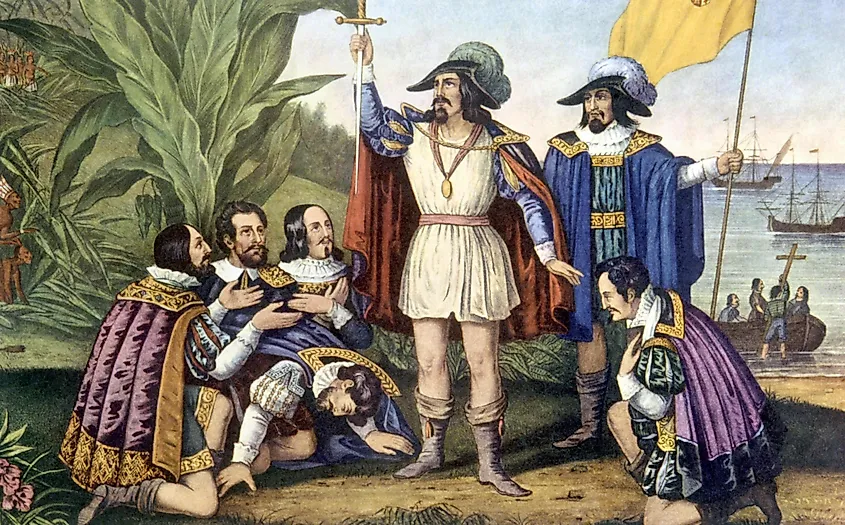
The man we know in English-speaking countries as Christopher Columbus is known by different names in his country of origin and in the country in which he died. In Italy, he is known as Cristoforo Colombo. This was thought to be the name given to him at birth. In Spain, he is referred to as Cristòbal Colòn. But those aren’t the only alternative names he was thought to have gone by! In fact, he also used the names “Christoual”, “Christovam”, “Christofferus de Columbo” and “Xpoual de Colòn” during the course of his life. The name “Columbo” might even have been a name he chose to use after hearing of a pirate with the same name.
2. He Wasn’t the First European To Cross the Atlantic.
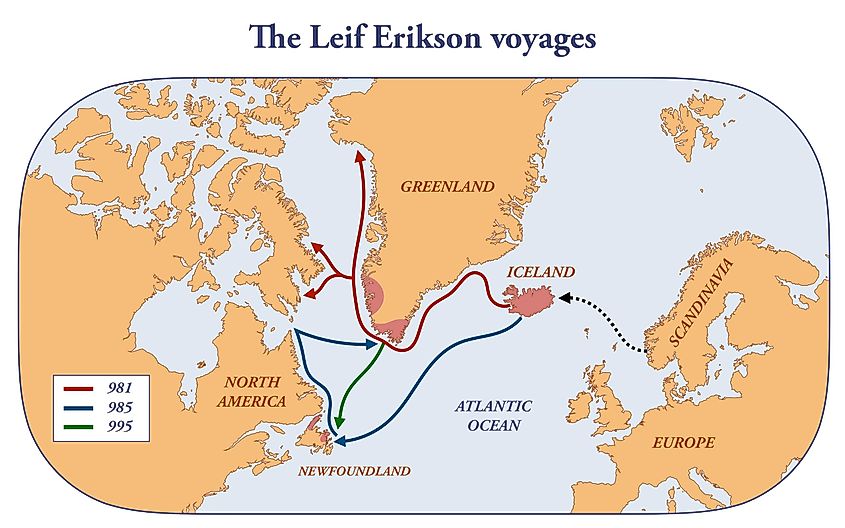
Though he made four voyages to the Americas during his life (and his remains made many trips also, as we’ll learn later on), the first European to have crossed the Atlantic Ocean is actually credited to have been Leif Eriksson, who was a Norse Viking. Eriksson is believed to have discovered what is now known as Newfoundland nearly five centuries before Columbus’ first journey. There are other Europeans (particularly Celts) who may have crossed the Atlantic prior to Eriksson’s voyage as well. Columbus made his first voyage in 1492, and made three other living journies to the Americas later in his life.
3. He Didn’t Discover America.
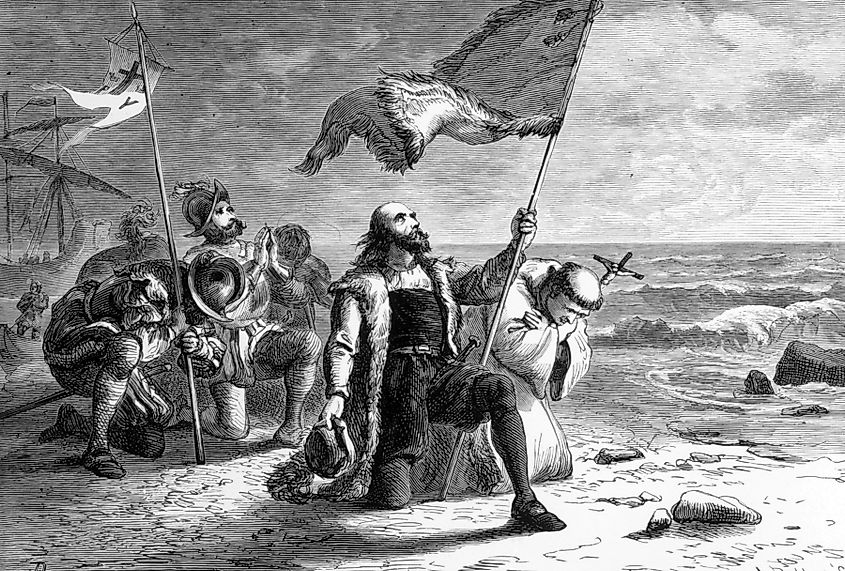
One popular myth is that Christopher Columbus discovered the Americas. This is untrue, as the United States was populated by millions of Indigenous Peoples at the time of Columbus’ voyage, but a lesser known fact is that Columbus never actually stood on United States soil. Columbus Day celebrates the day that Columbus touched down in the Bahamas. He also successfully reached the coasts of Central America and South America, and explored Cuba, Haiti and The Dominican Republic in his search for Asia.
4. He Didn’t Prove The Earth Was Round.
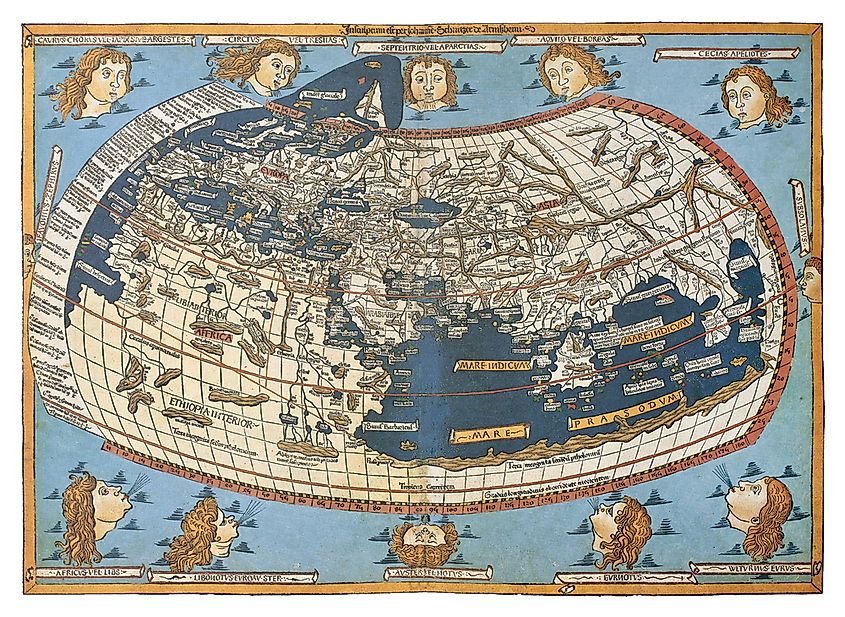
Not only had the Ancient Greeks already established that the world was round in the fifth century Before Current Era (BCE), Columbus never set out to prove that the earth was round. He made a deal with the Spanish monarchy of King Ferdinand and his Queen, Isabella that he would get to keep ten percent of any merchandise that he “acquired” within any new territory that he discovered, of which he would also be automatically made governor. As much new information and exploration as Columbus may have gathered on behalf of Europe in general and the Spanish government specifically, his motives for exploration do not seem to have been based on the intrinsic desire to pursue new knowledge.
5. He Is Responsible For The Genocide Of Millions Of Indigenous Peoples.
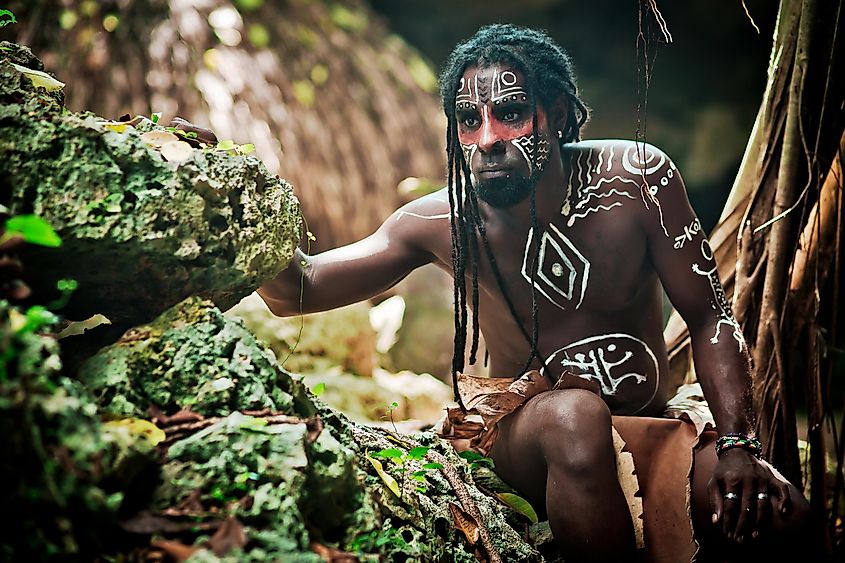
The Taino people originally inhabited the parts of the world now known as Cuba, The Dominican Republic, Jamaica, Haiti, Puerto Rico, and the Bahamas. They were also the first unfortunate people whom Columbus encountered when he “discovered” the “New World”. Columbus himself described them as a gentle people who were entirely unfamiliar with European weapons. The Taino were quickly forced into slavery by Columbus and his army and forced to collect gold, which Columbus himself received ten percent of.
Many Taino people were disabled for not collecting enough gold by having a limb cut off as punishment. European colonizers also brought unfamiliar diseases with them. By the 1520’s, The Taino population had been completely decimated and though there are attempts at modern revival of their culture and language, their numbers have never recovered.
6. He Was Arrested, Stripped Of His Governor Title, And Returned To Spain In Chains.
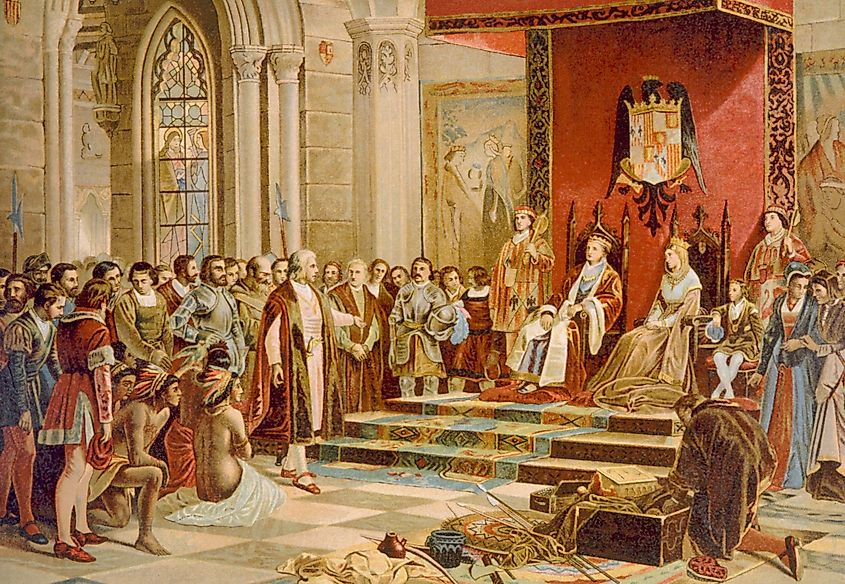
As violent as he was to the Taino, Columbus was an equally brutal tyrant to the citizens of the colony over which he was governor.The first Spanish colony in Central America was located in what is now known as Dominican Republic and his deal with Spain made Columbus admiral, viceroy, and governor of the land he conquered. He made absolutely no room for dissent of any kind. Speaking out against Columbus himself was cause for punishment by mutilation, torture, being paraded naked around the town, enslavement, and often death.
When word of his tyranny made its way back to Spain, the Order of Calatrava (an order of religious knights) were sent by Queen Isabella and King Ferdinand to investigate. Though some believed the investigation and subsequent arrest were precipitated by Columbus’ political opponents, the results gathered by the Order included testimonies by his supporters as well. All whom were interviewed provided damning accounts of life in the colony under Columbus’ authority. In 1500, Columbus was arrested and returned to Spain in chains although his relationship with King Ferdinand does not seem to have been sullied by it. The King subsequently freed Columbus and funded a fourth voyage upon his release.
7. He Died at Home In Spain.
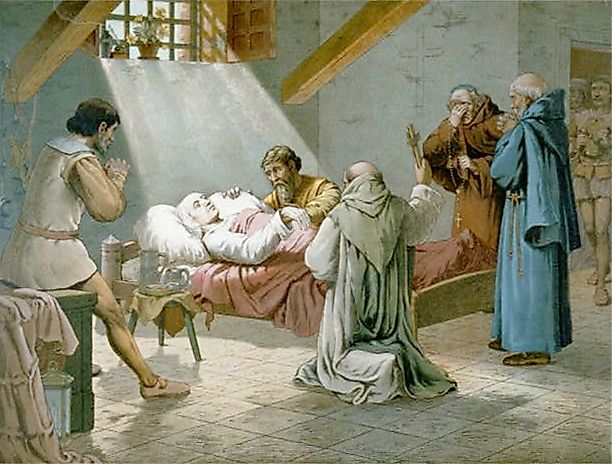
Though many of Christopher Columbus’ voyages were harrowing (he traversed the Atlantic in vessels not intended for such journeys and several of them sank in the processes) he died after returning from his final trip. Upon his return, he waited at home for a call from King Ferdinand and Queen Isabella that never came. There were rumours at the time that the king and queen had questions about Columbus’ mental state and felt he had already caused them enough problems with his heavy-handed ruling of the colonies.
The official cause of his death at age 55 was heart-failure although there is some modern evidence that it was caused by a secondary illness known as Reiter’s Syndrome after he became sick from a food-borne illness while at sea. He appears to have been chronically ill from age 41 and was often bedridden for months at a time due to fevers, prolonged attacks of gout, and even bleeding from the eyes.
8. He Travelled A Lot, Even After His Death.
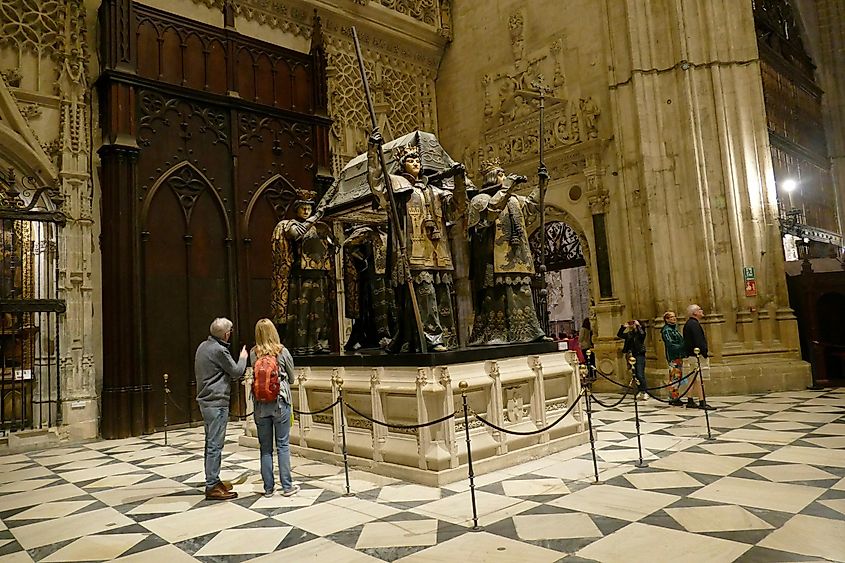
Columbus died in 1506 and was buried in Valladolid, Spain, though his desire was to be buried in the New World. Three years after his death, his remains were moved to Seville, Spain. In 1537, his daughter-in-law requested that his remains and those of his son, Diego be sent to the Spanish colony of Santo Domingo. In 1795, Spain signed control of Santo Domingo over to France as part of a peace treaty.
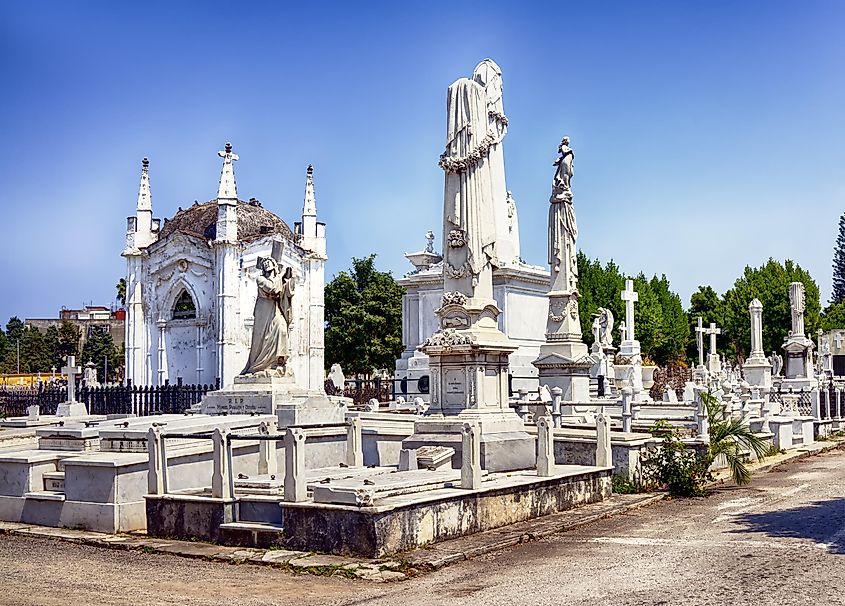
Because Columbus’ remains were considered far too important to fall into French hands, they were moved to Havana, Cuba that same year. When Spain went to war with the United States in 1898, Columbus’ remains were allegedly moved back to Spain so that they wouldn’t fall into American hands. Somewhere along the way, there appear to have been two sets of remains. Both Dominican Republic and Spain claim that the remains entrusted to them are those of Christopher Columbus. The remains currently in Seville, Spain have been DNA tested and the DNA closely resembles that of Diego, Columbus’ son. Dominican officials have refused testing of the remains in their possession.
Christopher Columbus was a controversial figure in life as well as in death. The historical facts generally available about his life (and death) have long focused on his courage in setting out on what was considered at the time to be an impossible journey and he is famous for a discovery he didn’t make in any regard. Though he was perhaps a bridge between the Old and New Worlds, he inarguably caused catastrophic damage to Indigenous Peoples and Spanish settlers alike with his tyrannical leadership.



 Users Today : 2
Users Today : 2 Total views : 665878
Total views : 665878